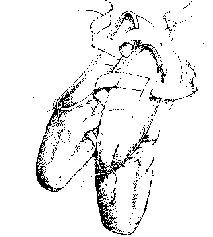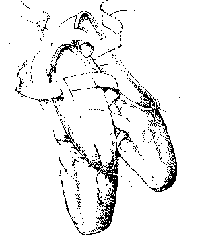
Research Proposal

Proposed Thesis
Many of the changes that occurred in the ballet world in the early-Nineteenth century seem to have hinged on the arrival of the pointe shoe. Women began to dominate the stage, while men’s on-stage role became reduced to that of mere porters for these ballerinas en pointe. While on the one hand this was a triumph for women who excelled in dance, making them famous and, in some cases, quite wealthy, there were a number of paradoxes inherent in the image of the dancer. Pointe shoes demanded a great deal of skill and athleticism from the wearer, but at the same time these objects effaced the dancer’s efforts, giving the impression of a weightless creature that defied gravity. Ballerinas performing en pointe seemed to possess an untouchable quality, a quality that was contradicted by the prostitution that was readily practiced in the theatres of Paris and London during the Nineteenth century. In my examination of pointe shoes, I wish to explore Grant McCracken’s theory that objects convey meanings which are entrenched within a culture but that are to volatile to be expressed explicitly through language. I also wish to build on this theory, arguing that these objects also reveal contradictions that language may obscure. I will do this by looking at the shifts that occurred in the footwear worn by dancers during the Nineteenth century. I believe these shifts both reflected and revealed conventions of gender and class in London and Paris and the place of the dancer within these social ideologies.
| Motivating Questions |